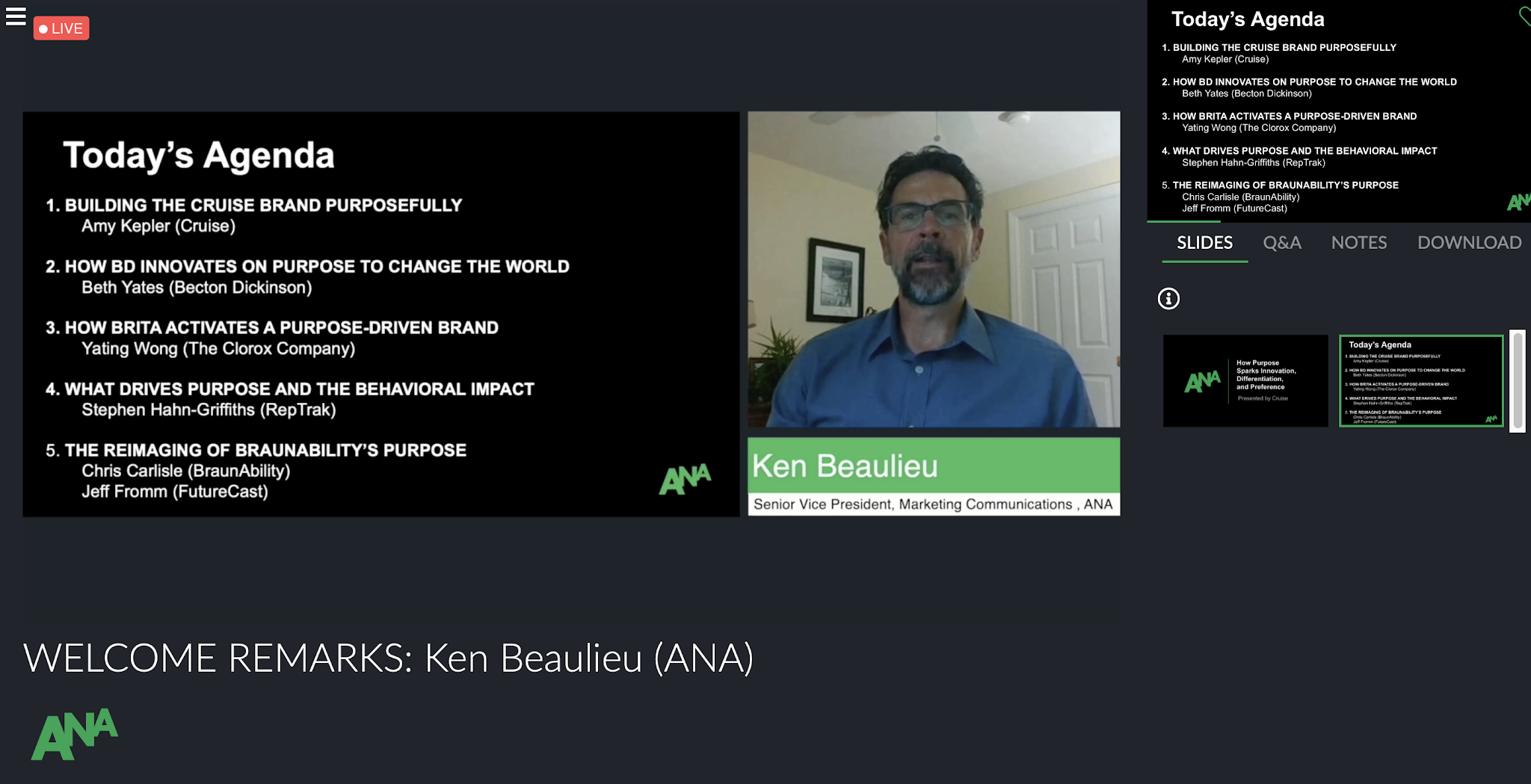CUNY IT Conference
I attended the CUNY IT Conference on November 30, 2018. The
first session that I attended was about a product called Commons in a Box
OpenLab, which is a collaborative software program designed to enable users to
install and launch their own communities for open learning. The software was
demonstrated by CUNY professors and developers of the software. What was
extremely interesting about this presentation session was how insightful learning
communities are, and how helpful they can be for interdepartmental
collaboration. This software functions in essence as a Wiki Commons—where a
user, whether it be a student, or instructor, can upload his or her work, which
can be accessed by other students and instructors within CUNY. Students and
instructors can in turn access others’ work—which encourages wonderful
collaborative learning experiences.
While I work at Queensborough Community College, which
offers “High Impact Practices,” which include interdepartmental collaboration
across disciplines, it was helpful for me to be presented with an understanding
of this software which aids in this process. It also made me have an even
deeper understanding of how essential the BIC model is—collaboration across all
fields of marketing. As they say,
“success and great work do not happen in a vacuum”; the Commons in a Box
OpenLab proves that the best work is achieved through the help of others.
The keynote speaker at this conference was Stephen Brier of
the CUNY Graduate Center. He was very insightful in his presentation. He said,
“You need to be willing to step off a ledge to seize new opportunities.” While
this quote seems obvious, it was very insightful to me, and reminded me to take
chances to seize new opportunities.
Another quote from Stephen Brier was, “You need a significant
amount of chutzpah to launch new projects, not only to think out of the box
about what you want to develop but also to be audacious in what you ask funders
to underwrite.” To me, this means that you should always aim for the stars in
both what you think you are capable of, as well as what you ask others for. Ask
for more funding than you originally would have, ask to attend a conference,
ask for a raise. The worst that your boss or other funders could say is no. But
never sell yourself short. Let each project that you work on be the moonshot,
or the BHAG. Never stop dreaming.
The third quote from Stephen Brier that I was impressed with
his insight of was, “Don’t lock yourself into one form of educational
technology, especially in proprietary formats. Your first format choice will
likely need to be replaced by something newer and better.” This is such a true
statement. As marketers, we are charged with continuously finding the best
solutions in technology to do our jobs effectively. Technology is ever evolving
and we must stay up to date on the latest trends and best uses of each form of
tech.
The next session that I attended was of particular interest
to me. It was entitled “The Role of VR and 360 Content in Technology
Disciplines”. I found this session interesting in building on Stephen Brier’s
quote regarding technology. There will always be something newer and better;
two-dimensional photography and standard videography is not “making the cut”
anymore, so to speak. It was fascinating to me to see how 360-degree cameras
work, and learn from the panel discussion both the positives as well as the
challenges of this technology. Virtual reality and augmented reality are also
areas in which I am unfamiliar, but since they are gaining mainstream popularity,
I am becoming increasingly interested in both how they work, and best practices
in which to use them. The key takeaways for me from this panel discussion were
that virtual reality creates an emotional, immersive experience with a deeper
level of storytelling than typical video. I have not given much thought to
this, yet after seeing this panel, it makes complete sense. Since VR is such an
immersive experience, this technology has the ability to connect with the
viewer by placing them in the situation which they are experiencing. While
standard video can evoke emotions, it still removes the viewer through the
barrier of the fourth wall. Virtual reality removes the fourth wall, thus
creating an environment which is indistinguishable from reality. Studies have
shown that users of VR cannot distinguish VR from real life, which raises
several ethical questions. VR is being used as emotional torture in countries
overseas, which was disturbing to learn. As marketers and educators, we must
draw an ethical line with new technology and use our talents for good. Ethical
questions arise in how to teach this technology.
Another interesting part of the VR presentation that I
learned was that actors feel that filming in 360 is more like theater than
film. The typical crew that is behind the camera in standard film is now
removed, and the filming consists of only the actors who are in a scene with
the camera. This is also changing the film industry and point of view filming.
Where several cameras were once necessary for different angles, the 360 degree
camera can replace those cameras (as well as the people who operate them).
Overall, the conference was incredibly informative in more ways than I had initially expected, and I was glad that I attended.



